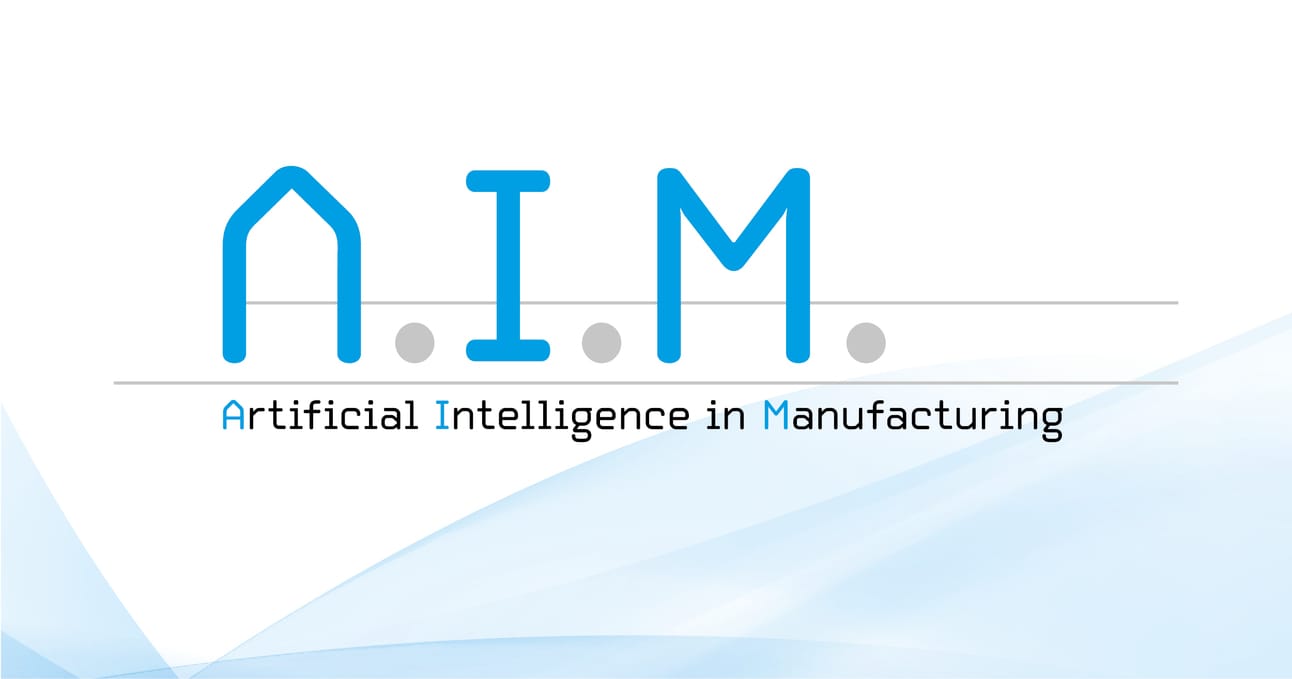- AI in Manufacturing
- Posts
- AI Horizons: Machina Labs Reinvents Auto Manufacturing
AI Horizons: Machina Labs Reinvents Auto Manufacturing
Plus: Amplio boosts supply-chain intelligence; MNVR drives next-gen robotics; Telus builds sovereign AI infrastructure, Toyota team up on AI-driven auto body manufacturing, and more!


As AI continues to reshape manufacturing, the conversation is shifting from experimentation to execution. This week, we explore how intelligent systems are redefining production lines, reducing waste, enabling autonomy, and even steering nations toward digital sovereignty.
We begin with a breakthrough in automotive body production, where robotics and AI are being combined to create highly flexible forming processes. By moving beyond fixed tooling, manufacturers can now reconfigure production at speed, opening the door to more adaptive, efficient factories.
Meanwhile, new funding in the surplus management space highlights how AI can help global manufacturers reduce costs and resource waste. The focus here is on smarter decision-making across supply chains, an area where small improvements can deliver outsized impact.
Sensors are also taking center stage. Once seen as simple hardware, they are now emerging as the backbone of “physical AI.” By generating continuous streams of high-quality data, they enable systems that don’t just respond but anticipate, creating factories that learn and adapt in real time.
Digital twins are advancing as well, with a new platform promising to monitor complex systems at scale. By combining predictive models with live performance data, this approach could allow operators to intervene earlier, reduce downtime, and unlock new efficiencies.
At a national level, alliances are forming to accelerate AI-driven manufacturing strategies. These efforts aim to scale hundreds of pilot projects into fully autonomous plants by the end of the decade. Could this mark the beginning of a global race toward self-optimizing “dark factories”?
And in North America, a major launch underscores the growing importance of digital sovereignty. With sensitive data staying within national borders, the move reflects both rising trust in domestic infrastructure and the growing demand for AI systems that align with regulatory and sustainability priorities.
Together, these stories highlight how AI is steadily embedding itself into the manufacturing ecosystem, from the factory floor to the geopolitical stage, showing that the future of production is not just automated, but intelligently adaptive.
Thanks for reading. As always, feel free to hit reply and share what you’re seeing on your side of the manufacturing world. To stay ahead of the curve in the world of AI in manufacturing, you can follow us on LinkedIn for daily updates and breaking news. Here’s to another week of smart, AI-powered innovation!


